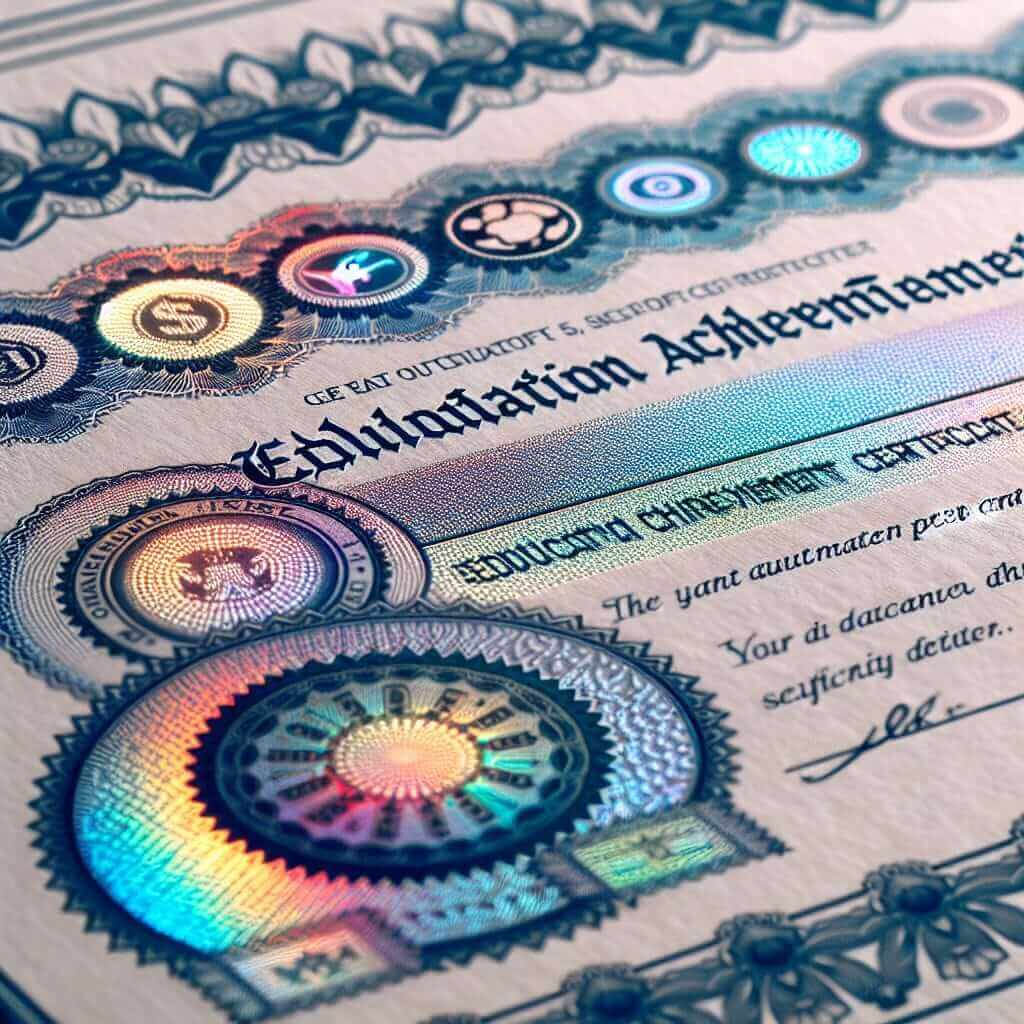As an IELTS instructor with over two decades of experience, I understand the importance of the IELTS certificate. It’s a testament to your English language proficiency and opens doors to academic and professional opportunities worldwide. Sadly, this significance has led to the creation of counterfeit certificates.
This guide will equip you with the knowledge to differentiate between a genuine IELTS certificate and a fake one. Whether you’re an aspiring candidate, a concerned educator, or simply curious, read on to protect yourself from fraud.
Understanding the Importance of Verification
Before delving into the “how-to,” let’s understand why verifying an IELTS certificate is crucial.
- For Test Takers: A fake certificate can jeopardize your academic and career aspirations. Institutions and employers rely on the authenticity of your IELTS score.
- For Employers and Institutions: Verifying certificates ensures that you’re bringing in individuals with the stated English language skills, vital for success in globalized settings.
How to Check if an IELTS Certificate is Real
Here are the most reliable ways to verify an IELTS certificate:
1. Contact the Issuing Center Directly
Every IELTS certificate carries the name and contact details of the test center that issued it. Reach out to them (via email or phone) providing the candidate’s details and certificate number. The center can confirm the authenticity.
2. Utilize the IELTS Verification Service
The British Council and IDP offer online verification services. These platforms require the candidate’s details and a TRF (Test Report Form) number, providing a secure way to authenticate certificates.
3. Look for Security Features
Genuine IELTS certificates possess distinct security features, often difficult to replicate. While these features might vary slightly depending on the issuing body and year, common ones include:
- Holographic Images: Tilt the certificate to observe if the logo or images change color or pattern.
- Microprinting: Examine the certificate closely for minuscule text, often invisible to the naked eye, that spells out specific words or phrases.
- Watermarks: Hold the certificate up to a light source to see if any embedded watermarks (usually the issuing body’s logo) appear.

4. Be Wary of Red Flags
- Unrealistic Scores: Be skeptical of scores that seem too good to be true, especially if they don’t align with the candidate’s overall English proficiency.
- Typos and Errors: Grammatical errors, spelling mistakes, or inconsistencies in formatting are major red flags on any official document, especially an IELTS certificate.
- Unprofessional Printing: Authentic certificates are printed to a high standard. Look out for blurry images, faded ink, or low-quality paper.
Protecting Yourself from Fraud
- Always Verify: Make it a habit to verify certificates, especially for crucial decisions like hiring or university admissions.
- Be Cautious of Third-Party Websites: Stick to official IELTS websites and trusted sources for verification.
- Report Suspicions: If you encounter a suspected fake certificate, report it to the relevant authorities and IELTS issuing bodies.
Conclusion
Verifying an IELTS certificate is a straightforward process that provides invaluable peace of mind. By following the steps outlined above and remaining vigilant, you can help maintain the integrity of the IELTS exam and protect yourself from fraudulent activities. Remember, when in doubt, always seek verification from official sources.